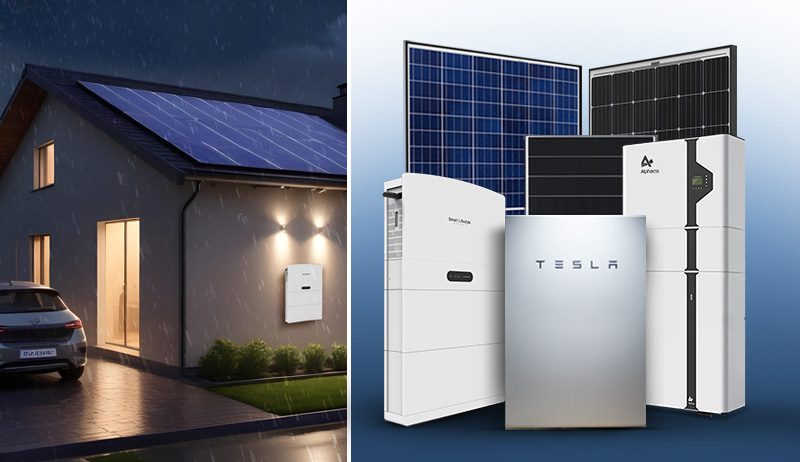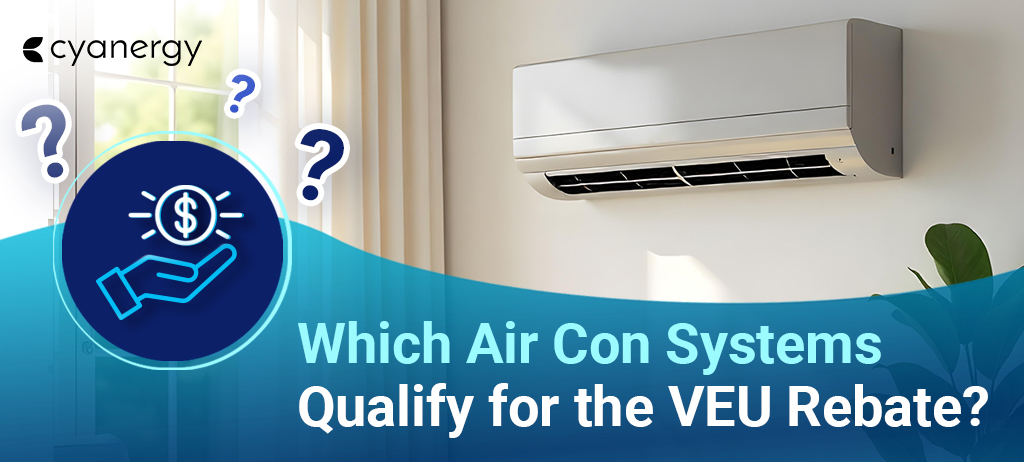Cities worldwide are dealing with many issues, from polluted air and congested traffic to unequal access to services. These issues have far-reaching consequences for our quality of life (and citizens’ happiness).
According to the World Health Organization, one of the most significant obstacles is air pollution, which affects 90% of city dwellers worldwide.
But the good news is we now know that urban electrification improves quality of life. In Australia, electrification in suburban areas also enhances the quality of life.
What is Electrification?
Electrification is the process of replacing technologies that use fossil fuels, like petrol or coal, with ones that use electricity. This can apply to many areas, such as transportation, heating, and industrial processes.
For example, switching from gasoline-powered cars to electric vehicles is a form of electrification. It’s a way to use cleaner energy sources, like wind, solar, or hydroelectric power, instead of relying on fuels that pollute the environment.
Electrification helps reduce carbon emissions, improves air quality, and makes energy use more sustainable and efficient.
Electrification in Urban Areas
Electrification in urban areas refers to the same process of transitioning from using fossil fuels to using electricity for various services and systems within a city.
Electrifying cities also involves upgrading infrastructure to support electric power, like installing charging stations for electric vehicles and improving the electrical grid to handle more renewable energy sources, such as solar or wind power.
The goal is to create cleaner, more sustainable urban environments by reducing pollution, lowering carbon emissions, and making cities more energy-efficient.
Electrification: A Smart Choice for Better City Services and Quality of Life

Public administrations face a major challenge: transforming cities to be more electrified, smart, and sustainable.
This requires a big change in how we use energy and working with partners who can help make electrification possible. It’s a smart choice that reduces environmental impact, improves services, and saves energy and money.
Through innovative solutions, we aim to help public administrations lead the way in this important transition.
How does Electrification Benefit City Dwellers in Australia?
Electrification is revolutionising the way people move around cities and is improving people’s quality of life in multiple ways.
Reduction of polluting emissions, energy efficiency and accessibility are just some ways in which electrification is positively transforming cities.
Reduction of Carbon Emissions
Energy Efficiency
In addition, electrification is more energy efficient than vehicles with internal combustion engines, which means that more miles, can be covered with the same amount of energy.
This translates into greater range for electric vehicles and greater freedom of movement for people.
Accessibility in Cities
Another key benefit is accessibility in another city. Electrification allows people of all ages and abilities to move more easily and safely in the city.
Electric vehicles are quieter and smoother than vehicles with internal combustion engines, making them safer for the people around them.
How Electric Vehicles are Improving the Quality of Life in Urban Areas?
Electric vehicles (EVs) are making life better in cities across Australia. They help reduce air pollution because they don’t produce exhaust emissions like traditional cars.
It means cleaner air for everyone. This is especially essential in crowded urban areas, where air quality can often be poor.
EVs are also much quieter than gasoline-powered vehicles, reducing noise pollution and creating a more peaceful environment in busy city streets.
As more charging stations are built, it’s becoming easier for people to use electric cars, which encourages even more people to switch.
Another way EVs improve city life is by supporting renewable energy. Many EV owners charge their cars using solar power, which helps reduce the overall demand for fossil fuels and lowers carbon emissions.
Electric vehicles are also cheaper to run than traditional cars. With fewer components, they need less maintenance, which saves money for drivers. As EVs become more common, they also help lower the overall costs of transportation, making city living more affordable.
The growing popularity of EVs is also driving innovation in urban planning. Cities are rethinking how they design roads, parking, and public spaces to better accommodate electric vehicles and promote sustainable living. This shift is helping to create cleaner, greener, and more liveable cities in Australia.
Additionally, as cities upgrade their infrastructure for electrification, they often become more modern and efficient. This can lead to better public services, improved transportation systems, and even lower energy costs for residents.
Overall, urban electrification in Australia leads to healthier, quieter, and more sustainable cities, improving the quality of life for everyone living there.
What Energy-Efficient Products Can Help Cities Enjoy Electrification?
Energy-efficient products play a key role in helping cities enjoy the benefits of electrification by reducing energy consumption and promoting clean, sustainable power.
Here are some important products that contribute to this goal:
Solar Panels, Batteries, and Inverters:

Renewable energy like solar only enhances electrification. Solar panels can provide us with abundant electricity. Solar inverters can transform this electricity into usable electricity.
Solar batteries can store energy from the sun, allowing homes and businesses to use solar power even when the sun isn’t shining. This helps cities rely more on clean energy and less on fossil fuels.
Products like the Alpha ESS and Tesla Powerwall are popular choices that make solar energy more practical and efficient.
Electric Vehicles:
Electric vehicles (EVs) are a big part of electrification in cities. They run on electricity instead of petrol, which means they produce no exhaust emissions.
Electric buses and cars help reduce air pollution and noise in cities, making urban areas cleaner and quieter. As more EVs hit the road, they also help cities lower their carbon footprint.
Heat Pumps:
Heat pumps are energy-efficient systems used for heating and cooling buildings. Instead of burning fuel, heat pumps use electricity to move heat from one place to another.
They can provide warmth in the winter and cool air in the summer, all while using less energy than traditional heating and cooling systems.
LED Lights:
LED lights use much less electricity than traditional light bulbs. They last longer and provide the same amount of light with a fraction of the energy.
By replacing old bulbs with LEDs, cities can significantly reduce their energy consumption, which is good for the environment and saves money.
Contact Cyanergy to get all these best-selling products to boost electrification!
How do Electric Vehicles Benefit Urban Air Quality Improvement?

Electric vehicles (EVs) benefit urban air quality by producing zero exhaust emissions. Unlike petrol or diesel vehicles, EVs don’t release harmful pollutants like carbon monoxide, nitrogen oxides, and particulate matter into the air.
These pollutants are major contributors to smog and poor air quality in cities, which can cause respiratory problems and other health issues.
By replacing traditional vehicles with electric ones, cities can significantly reduce the amount of these harmful emissions.
This leads to cleaner, fresher air, which is especially important in densely populated urban areas where many vehicles are on the road. As more people use EVs, the overall air quality in cities improves, leading to healthier environments for everyone.
Can Electrification Also Improve the Quality of Rural Life?
Reliable Power for Homes and Businesses:
Electrification provides a steady power source for homes, farms, and businesses. This allows people to use modern appliances, tools, and equipment, making daily tasks easier and more efficient.
For example, farmers can use electric machinery for irrigation, processing, and storage, which can boost productivity and income.
Improved Healthcare and Education:
With electricity, rural areas can have better access to healthcare services, such as running clinics with medical equipment that needs power, refrigeration for vaccines, and lighting for nighttime emergencies.
Schools can also use electricity for lighting, computers, and other educational tools, improving the learning environment for students.
Access to Clean Energy:
Enhanced Communication and Connectivity:
Economic Development:
Electrification can drive economic growth in rural areas by enabling new businesses to start and existing ones to expand. It creates job opportunities and can attract investments, leading to overall development and a better quality of life.
Electrification can greatly enhance the quality of life in rural areas by providing reliable power, improving healthcare and education, promoting clean energy, enhancing connectivity, and fostering economic development.
To electrify your commercial space, contact Cyanergy.







